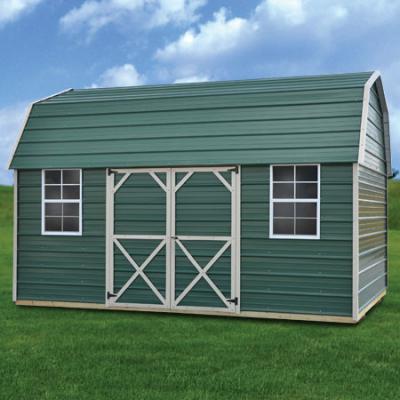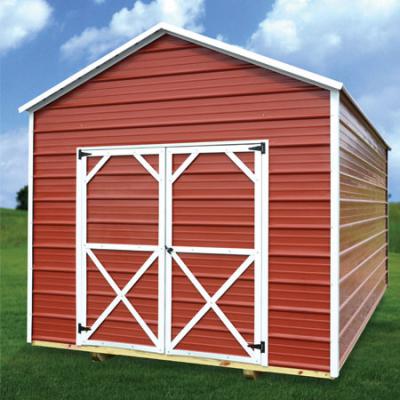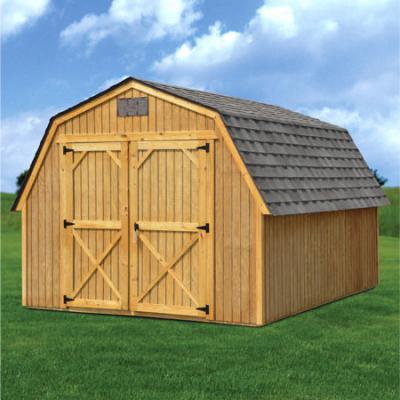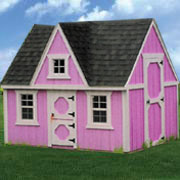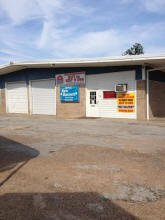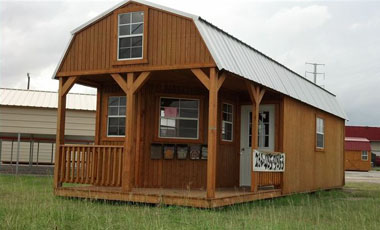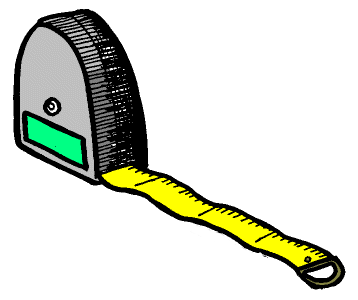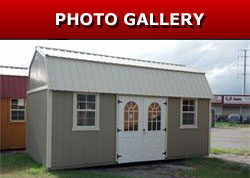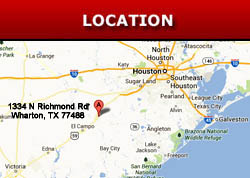Hempstead, by Barbara Uzzell
The town of Hempstead and its environ have been shaped by large outside events. During the third and fourth decades of the nineteenth century, there was considerable colonization of the then Mexican territory, of which Texas was a part, by colonists from the United States and Germany. The first major colonial venture of this nature was undertaken by one Moses Austin, and later brought to fruition by his son Stephen. The Austins contracted with the Mexican government for a large block of land (eventually – through a piloting error – to lie along the east side of the Brazos River) which they, in turn, divided among a number of colonists. These original colonists were slave holding cotton planters, who in the early 1820′s effectively introduced cotton farming to the area. Produce for this newly formed hinterland was shipped to the coast by river, and from there to the already operating ports of Galveston, and New Orleans.
This land east of the Brazos River was rich fertile loam, and was perfect for growing cotton and corn. The deep sand hills surrounding what is presently Hempstead were the answer to the watermelon grower’s dreams. Hempstead later was to be know as the watermelon capitol of the United States. Watermelons were shipped all over the country, and people from everywhere cams to buy them, because no watermelon flavor could equal that of the Hempstead melon. As many as 1800 railroad car loads were shipped in a single season. On the land also flourished pecan trees, fruit trees, dewberries, grape vines, and trees for building materials.
The Colonists, such as Jared E. Groce and J. W. McDade, who had land holdings with palatial plantations homes and many slaves, worked with other colonists in an attempt to secure land held by Mexico at that time. Mexico would concede nothing to the colonists: therefore, the war for Texas Independence from Mexico was declared in 1836. After this war, the colonists made greater fortunes, and secured more land and slaves so the cotton kingdom grew into a land of plenty for the plantation owners.
A
few items from the Hempstead
Golden Anniversary Edition,1
concerning the early 1820′s
– 1830′s are appropriate
here;
Quote: “Stage Coach robbed
near Six Shooter
Junction, March 11,
1834. Money and valuables
taken, but mail got through
to Washington and Austin.”
Road was from Galveston to
Hempstead to Washington to
Austin.
This is the first place in research where we found mention of the name “Six Shooter Junction” as an alias for Hempstead, but it seems from later quotes from Hempstead and Houston papers that this name was widely known and much feared by some.
Another quote from the same paper: “The pioneer, Edwin Waller, for whom the county is named, shipped the first cotton to Mexico in 1831. It was shipped by scooner from the Brazos river to Maramoras, Texas.”
Another story we gleaned is that in 1836 General Sam Houston made a visit to this territory and was entertained by Jared E. Groce on his famous Plantation that is still (1972) a historical place. It is located about five miles from Hempstead. The report says they dined and later danced to music furnished by the Groce slaves.
Some of the stage coach trails are still in existence in and around Hempstead. These are not used for traveling now, but are still visible. These and other historical markings bring the story book picture of long ago back to file so that we now may savor the splendor and bravery of those who prepared the way for our good life in the declining 20th century.
River transportation soon proved inadequate for the flourishing crops that had to be marketed. The large plantations had built their own cotton gins, and some of the towns had gins, but wagon transport to markets or shipping points was too slow. The need for a railroad became apparent within two decades of the founding of Austin’s colony.
The Houston and Texas Central Railroad was destined to change Hempstead into a fully i9ncorporated town. This railroad company had its genesis in a convention held in Chappel Hill, Texas. Although the railroad was largely the project of the business men in Houston, the company included Dr. R.R. Peebles and James W. McDade. These two men, on December 29, 1856, entered into an agreement to form the Hempstead Town Company to lay out the town of Hempstead. They offered the officials of the Houston and Texas Central Railroad lots and blocks in the new town to induce these officials to have the railroad run through the town.
The official minutes of the City Council of Hempstead on file in the City Hall gave us this quote: “The original survey defined in the ordinance, and in an act of the legislature, approved March 13, 1871, incorporating said city; shall be recognized as the boundaries of the city of Hempstead as surveyed in January A.D. 1857.
“The Boundaries of the city of Hempstead shall be as follows: Beginning at a stake 200 ft. south of the southeast corner of the Abbot tract; thence 3,920 ft. westward to a stake, which is the north west corner of the town of Hempstead; thence 9,260 feet southwestward to a stake which is the southwest corner of said town; thence 9,408 ft. east to a stake which is the southeast corner of said town; thence 9,260 ft. northward to a stake which is the northeast corner of said town; thence 5,488 ft. westward to the point of beginning. The whole area consists of 2,000 acres.”
This property was originally a part of the Groce holdings. After the death of Mr. Groce, his widow married Dr. Peebles, and she and Dr. Peebles sold the land for the Hempstead plot for $ 10.00 per acre.
A charter was drawn up and recorded making Hempstead a validated city. This charter is now in the State Archives of Texas in Austin, Texas
“The City is divided into
wards. Be it ordained by
the City Council of the
City of Hempstead that:
“1. The City
shall be divided into four
wards. All area north of
Austin Street and west of
12th St. with a continuation
of said streets to the city
limits shall be Ward No. 1.
“2. All area
north of Austin Street and
east of 12th Street with a
continuation of said street
to the city limits shall
comprise and be know as Ward
No. 2.
“3. All area
south of Austin Street and
west of 12th Street
continuous to the city
limits shall be Ward No. 3.
“4. All area
south of Austin Street and
east of 12th Street
continuous to city limits
shall be Ward No. 4.
“The boundaries of
Hempstead were
confirmed in 1887 as still
being in effect. (Minutes
of City Council of
Hempstead, City Hall). “2
Hempstead’s growth was very rapid. Soon there were dry goods stores, hardware stores, saddle shops, shoe cobblers, grist mills, cotton gins, brick yards, lumber yards, grocery stores, pottery factories, blacksmith shops, hotels, inns, restaurants, jewelry stores, general merchandise, buggy shops, book stores, meat markets, and countless others.
Hempstead was named for Dr. G. S. B. Hempstead of Portsmouth, Ohio, brother-in-law of Dr. R. R. Peebles. Dr. Peebles chose this name because his brother-in-law had been so good to him and helped him get his education. However Dr. Hempstead never visited his namesake town.

